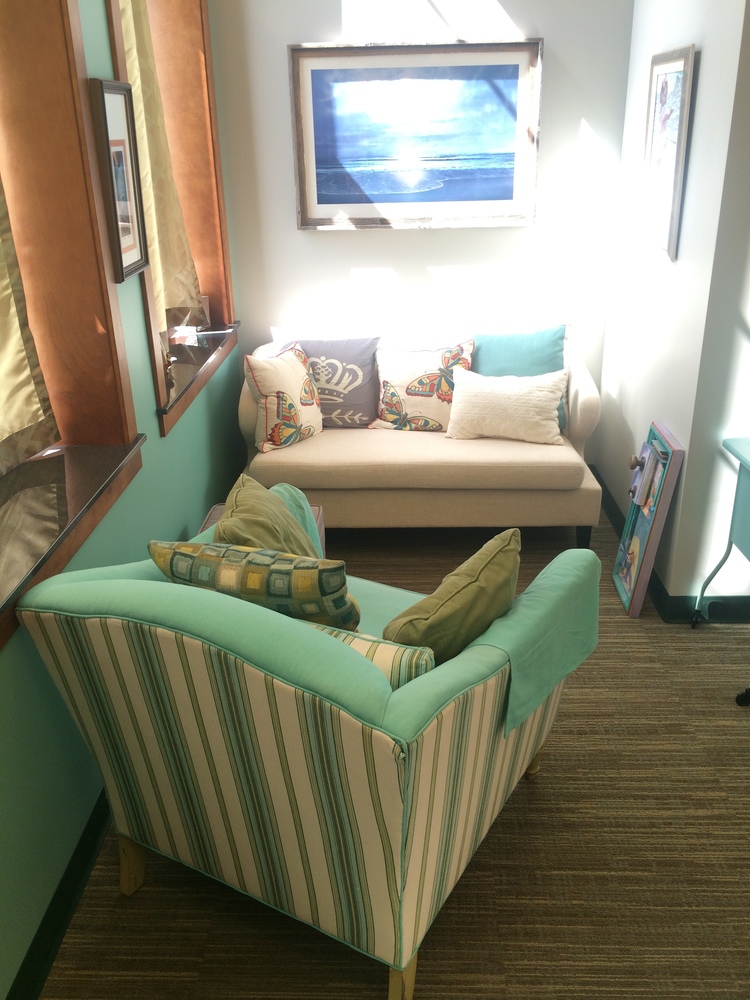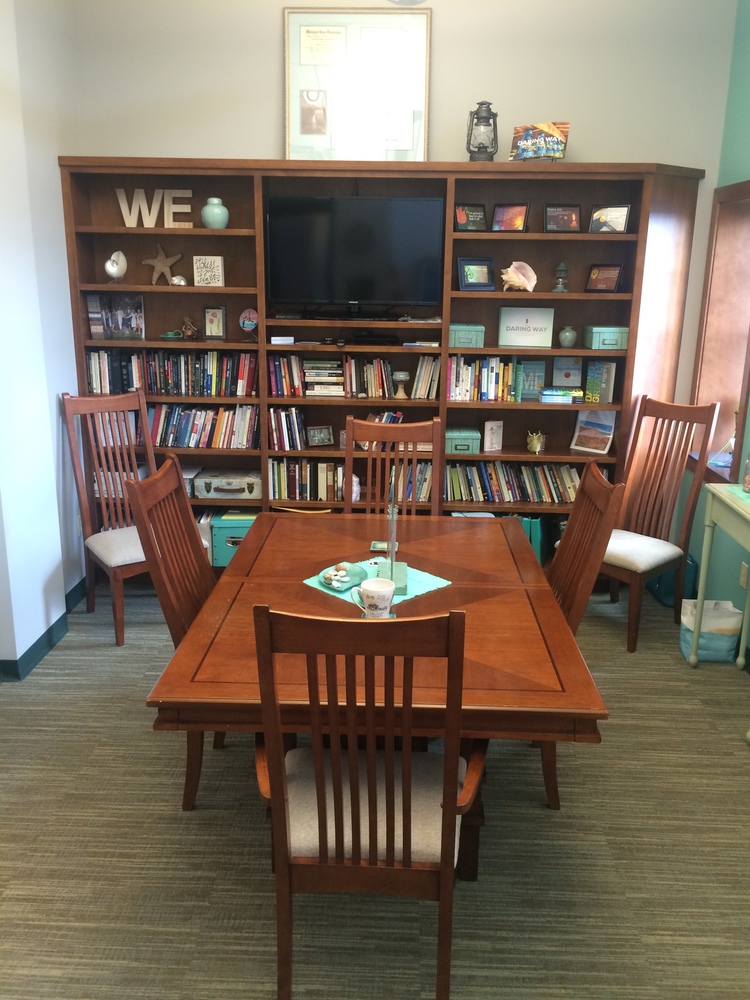He credits his mentor Miles Davis for helping him continue to grow, create new things, and move forward without being afraid to lose fans, fame, or money. He credits his practice of Zen Buddhism for pushing him to acknowledge and face his own faults and weaknesses so that he could overcome them and keep growing. And when he won the Academy Award for Original Score of the movie Round Midnight in 1986, he gave a beautiful speech honoring all the jazz artists that have come before to create such an amazing American original Art Form.
When he reached the age I am now (55), he had this to say:
By the mid 1990s, I came to a conclusion. I wanted to make every new record absolutely different from any I’d done before, and different from any record anybody had done before. I was 55 now, and I had been playing music seriously since the age of seven. It’s rare for a person to find the thing he wants to do for life at such an early age, but ever since my parents bought me that first piano, I’ve considered myself a musician.
When I graduated from elementary school, we had to write little captions for our yearbook photos of what we wanted to be when we grew up. I wrote--concert pianist. 25 years after becoming a Buddhist, I thought of myself being a human being first, which includes being a musician, father, and husband. Ever since making that change, I’d been thinking less about just writing tunes, and more about my purpose in creating a musical project. What could I create as a musician that would have deeper purpose and meaning?
How could I serve humanity in some way? One way I knew was to translate that idea into musical expression. My perspective had been changing over time and I finally came to the inevitable conclusion that I should never do the same thing twice. If music and Buddhism had taught me anything, it was that the world is full of infinite possibilities, and that there are an infinite number of ways to look at things. This is what jazz improvisation is all about, and it is what Miles Davis demonstrated to us every time he played. Miles looked at every single sound as an opportunity rather than an obstacle. I tried to do the same thing, incorporating new sounds and rolling with the punches whenever anything surprising popped up.
Once, when I was playing at a jazz festival in New York, I sat down at the piano to discover that one of the keys didn’t work. Instead of emitting the correct note, all you could hear was a dull thud because the string was broken. I could have raised a fuss, but I decided…I liked the sound of that broken string. It gave me an unexpected slap of percussion at the touch of a finger! So I incorporated the sound into the songs we were playing just to see how it came out, opening up a whole new avenue of possibilities that I didn’t usually have on an acoustic piano. When you never stop exploring, you stay active and vital, no matter what you may be doing. People stop exploring in their lives for various reasons---fear of criticism, of failure, of disappointment… but even if you decide you don’t love the direction in which you are moving, you can always change directions.
Making every record of mine completely different from any other record would be the ultimate expression of exploring every facet of myself.
His book inspires me. I look back in wonder to see all that I have done; I look forward and wonder what new thing is ready to be born in me as I continue to grow and create? A well lived life has themes and motifs that give it form; it also has variations that enhance its beauty and depth.
I wrote this in an essay in 1981, the year before I started Osteopathic Medical School at Michigan State:
“Oh Dave, you’ll make a great doctor. But what’s Osteopathic Medicine?” So I am destined to explain my course to others who seldom seem to understand where I am going. But that’s OK. I like where I’m going and who I’m going with. Because Medicine upsets me and makes me happy, just like people upset me and are the source of my joy. They go together. Environment and Medicine go hand in hand. Incorporate the unquantified variables. Sense, infer, listen, and counsel. Knowledge is a great process; a synthesis. I will keep looking for another thread to tie in. There are no certain answers. So we test in reality, form ideas, and test again. That is science; that is life.
That is my theme. I practice Osteopathic Medicine. Yet we are complicated beings, are we not? The practice of Yoga tempers me, makes me look at myself squarely, leaves no room to squirm away. I see how I’ve been creative and industrious, given myself experiences and learned a great deal in each of those settings. Family Practice, Public Health, Emergency Medicine, Physical Medicine and Rehabilitation, Osteopathic Manipulative Medicine, Functional Medicine, Lifestyle Medicine, Private Practice, Academic Medicine, Teaching, Research, Yoga Teacher Training, now teaching and working with musicians and working for a non-profit organization.
But how does that inform what I do now? How do all these threads tie in? What will help make all these experiences useful in creating a new, greater, integrated initiative? Did I really learn something or am I just good at moving on to something else when I come up against resistance or have an excuse to divert myself to another adventure?
I feel the need to thank those that have come before, shaping my education-- and to honor them and the profession with my work. I want to be true to this tradition but open to a new direction that I may be uniquely suited to follow. I listen to the young doctors with whom I work through the non profit Third Circle, the residents who see patients with me in my office, the medical students who I meet with through the Leadership Academy of Compassionate Care at MSU-COM, the young people applying to Osteopathic School who spend time with me in the office, and the hopeful candidates for admission interviewing at the College, and what do I hear?
I hear hope, compassion, intelligence, fatigue, worry, uncertainty. They talk about the financial burden, the disconnect between the way medicine is practiced and the way they want to practice it, the time pressures, the discouragement when day after day they do less for their patients than they would like to do.
They face a far more complex world than I did 35 years ago. Medicine was not addressing the real needs people had for health care then and it hasn’t really changed much in that regard. However, molecular genetics, immunology, biochemistry, microbiology, physiology—to name the dominant chords of medicine—have evolved exponentially in knowledge and understanding of the interdependence and complex interactive nature of how our bodies work. How are they supposed to fit the far more complex and integrated model of health and disease into the current business model of health care? They are brilliant young people with good hearts and amazing energy, and we are sending them into a machine that is going to treat them and their patients like numbers on a spread sheet. It is going to break their spirits, and I do not want that to happen.
There is not enough time in a typical doctor visit to address the patients’ needs. The cost of that time keeps going up, but we are operating under the definition of insanity. If we can’t address their needs, we are not going to be able to help them become healthy. They then become more ill, and we still don’t spend enough time, but we see them more often without addressing the root of the problem. More money spent with no change for the better. Insanity. Do you see what I mean?
Here is what I have to say: POSSIBILITIES. Let’s work together to change the way we experience health care. The students and residents who spend time with me see more possibilities in the way I practice with more opportunity to actually help people become healthy. I took radical deviations from the normal “physician lifestyle” to get myself to a place where I can afford to see fewer patients per day. Can we afford to wait 35 years for them to be able to do that? And will they still be standing and wanting to practice medicine by then?
Let’s all advocate for a change. This system is broken. I see and hear the effects of it on my friends, family, and patients every day. What can we do to fundamentally change the way it works? I am going to be working on this, and I invite you to join me. Call, write, contact me any way you want. Let’s work on this together.
Many thanks to my son Ben who gave me Herbie’s book as a gift and often seems to understand me better than I understand myself. You inspire me, and I love you.



















